Bill Cannon's blog
Noun S: (n) web log, blog (a shared on-line journal where people can post diary entries about their personal experiences, hobbies, Photographs and free MP3's) "postings on a blog are usually in chronological order" Verb S: (v) blog (read, write, or edit a shared on-line journal blah blah blah)
cart
Thursday, March 10, 2016
Florida
 Pat and I are taking the grandkids to florida next week before we make settlement on our house, so I thought I'd post some more of my sunset pictures.
Pat and I are taking the grandkids to florida next week before we make settlement on our house, so I thought I'd post some more of my sunset pictures.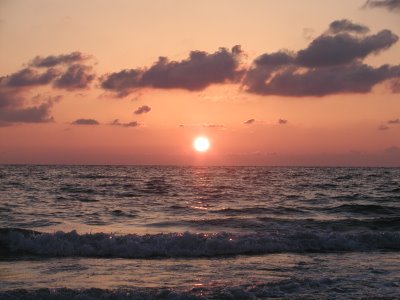
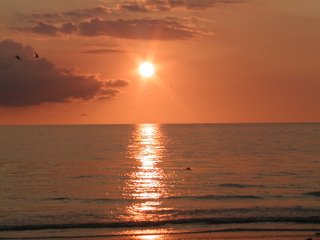
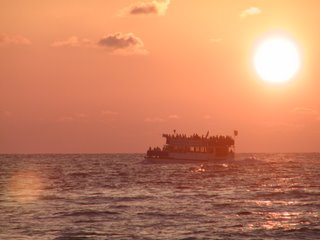

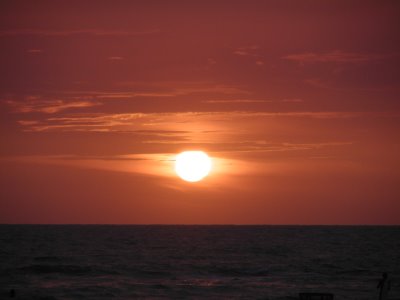
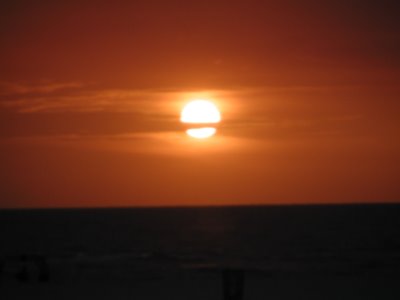
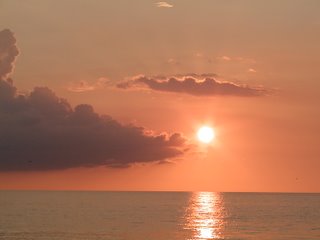
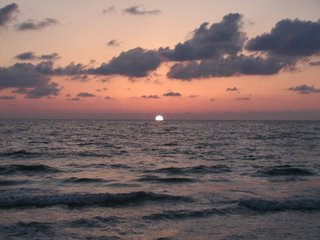 tampa art for sale
golf art for sale
bowie art for sale
gibson art for sale
martin art for sale
tampa art for sale
golf art for sale
bowie art for sale
gibson art for sale
martin art for sale
Monday, June 14, 2010
Friday, May 07, 2010
Tuesday, May 05, 2009
Wednesday, December 05, 2007
Photo Prints
sunset photos
maryland photos
vintage photos
guitar photos
sunset canvas prints
ocean photos
new orleans art
flowers photos
911 photos
love photos
lennon photos
john lennon photos
beatles art
florida photos
boathouse art
mugshot art
rocky art
rocky balboa art
rock and roll art
rock art
musical instrument art
instrument art
waterfall art
covered bridge art
bike art
biker art
harley art
harley art
superman art for sale
Saturday, June 09, 2007
Cop Killer Protest May 17th




In 1981, Abu-Jamal brutally murdered Philadelphia Policeman Daniel Faulkner, shooting him in the back and then in the face. Eighteen years later, scores of rock stars, actors, campus activists, and even world leaders demand his release and put forward various conspiracy theories purporting to prove Abu-Jamal’s innocence. Five eyewitnesses implicated Abu-Jamal as the killer. His legally-registered gun was found at the scene with five spent shells in the chamber, shells that matched the bullet retrieved from the slain officer’s brain. Abu-Jamal was found wearing a holster. A return round from the policeman’s revolver was embedded in Abu-Jamal’s chest. When police arrived Abu-Jamal lunged for his gun. To this day Abu-Jamal and his brother, both witnesses to the crime, remain curiously silent on what happened.
Numerous people report that they heard him confess including an anti-death penalty activist sympathetic to his cause. I shot the mother-f***** and I hope the mother-f***** dies, three witnesses say he bragged. I’m glad. If you let me go, I’ll kill all of you cops, he screamed at a local hospital. Despite the evidence, Abu-Jamal counts scores of VIPs among supporters. Paul Newman, Susan Sarandon, Whoopi Goldberg, and Oliver Stone have fought for his conviction to be thrown out. Multi-platinum music acts The Beastie Boys, Rage Against the Machine, and Public Enemy raise money for his defense. France’s Jacques Chirac and South Africa’s Nelson Mandela demand his release. Abu-Jamal’s books can be read in at least eight languages. His radio commentaries air nationally. He’s even delivered a college commencement address via a videotaped jailhouse monologue. Since Abu-Jamal’s conviction, his defense team has put forth evidence and witnesses that, despite fueling the fervor of gullible supporters, have brought further discredit upon their cause in the eyes of mainstream observers.
NIGHT OF THE LIVING DEAD On appeal, two defense witnesses testified to the dead acting in supernatural ways. William Singletary, who initially denied seeing anything, came forward years later and said a different man shot the policeman twice and when Abu-Jamal later tried to help the incapacitated officer, the officer raised his gun and shot him a medical impossibility given that the cop was for all intents and purposes already dead. He also claimed that a Philadelphia Police helicopter circled overhead (none existed), that Abu-Jamal wore a safari suit like the Arabs wear that escaped everyone else’s notice, and that the policeman spoke after having been shot between the eyes. In 1997, Pamela Jenkins took the stand, claiming that a key prosecution eyewitness, Cynthia White, had recanted her entire testimony to her and outlined a police plot to frame Abu-Jamal. White, however, had died more than four years prior to the time when these conversations were supposed to have taken place. This inconvenient fact hasn’t stopped activists from claiming that prosecution witness White is still alive and that the states of New Jersey and Pennsylvania worked together to fake her death!
IN PURSUIT OF THE REAL KILLERS A core tenet of the conspiracy theory is that several eyewitnesses saw the real killers flee the scene. Unfortunately for the defense, the accounts of these witnesses do not mesh with their story. One testified that Mumia Abu-Jamal was the killer and that he was the only person who attempted to escape the area. Another was angered by the defense’s efforts to intimate that she saw the killers flee when she told police that she saw people running about the scene long after the shooting had taken place. No, I think the runner was part of the whole flow of the situation. There was a man killed. There’s panic. Someone was running, maybe two people are running, maybe three people are running, you know. There’s police, there’s news crews, etc. Another of these defense witnesses failed a lie detector test.
DID MUMIA’S GUN FIRE THE BULLETS? An article of faith among !Mumiacs! is the idea that the bullet that killed Officer Faulkner was a .44 caliber round, not matching Abu-Jamal’s .38 caliber revolver. Spent shells found in Abu-Jamal’s gun were all .38 Caliber Plus "P" ammunition, the same type of special high-pressure bullet that blew apart the officer’s face and was discovered in his brain. Ballistics tests on this retrieved bullet reported rifling groves that were consistent with the chamber of the gun found beside the suspect, a gun purchased by and registered to Mumia Abu-Jamal. Even Abu-Jamal’s own ballistics analyst conceded under oath that the bullet was not a .44 caliber round. To believe the story of innocence one has to buy into a conspiracy involving hundreds of people. One has to accept that the states of Pennsylvania and New Jersey acted in collusion to fake the death of a woman to keep her from testifying in favor of Abu-Jamal. Believing the story of a frame-up is to think that the police planted crucial evidence at the scene, including a murder weapon registered to Abu-Jamal. Accepting the defense’s version means that Officer Faulkner shot Abu-Jamal for no reason, that numerous eyewitnesses were coerced into lying, that blacks on the jury were tricked by the racist scheme, and that Abu-Jamal’s silence on this case but apparently on nothing else is just noble stoicism. Such a wild scenario might make for an entertaining fantasy. For those grounded in reality, there is no escaping the fact that Mumia Abu-Jamal, an intelligent and articulate man, is also a guilty man. -- Daniel J. Flynn










Friday, June 08, 2007
Presidents House

 The remnants of a Bow Window that is the precursor to the oval office.
The remnants of a Bow Window that is the precursor to the oval office.

PHILADELPHIA - Archaeologists unearthing the remains of George Washington's presidential home have discovered a hidden passageway used by his nine slaves, raising questions about whether the ruins should be incorporated into a new exhibit at the site.
The underground passageway is just steps from the Liberty Bell and Independence Hall. It was designed so Washington's guests would not see slaves as they slipped in and out of the main house.
"As you enter the heaven of liberty, you literally have to cross the hell of slavery," said Michael Coard, a Philadelphia attorney who leads a group that worked to have slavery recognized at the site. "That's the contrast, that's the contradiction, that's the hypocrisy. But that's also the truth."Washington lived and conducted presidential business at the house in the 1790s, when Philadelphia was the nation's capital.
Quandary for exhibit planners The findings have created a quandary for National Park Service and city officials planning an exhibit at the house. They are now trying to decide whether to incorporate the remains into the exhibit or go forward with plans to fill in the ruins and build an abstract display about life in the house.
Making that decision will push back the building of the exhibit, which had been slated to open in 2009. But the oversight committee won't rush into construction, said Joyce Wilkerson, the mayor's chief of staff.
"We never thought we'd be faced with this kind of decision," she said. "We would've been happy to have found a pipe! And so we don't want to proceed blindly or say, 'This isn't in the plan.'"
Rep. Bob Brady, D-Pa., was so moved when he visited the site last week that he declared: "We need to rethink what we're doing here."
"It's astounding, absolutely astounding," Brady said. "I'm going to fight to keep it open, I'll tell you that much."
More discoveries than expected. Aside from the passageway, archaeologists have uncovered remnants of a bow window, an architectural precursor to the White House's Oval Office, and a large basement that was never noted in historic records.
"We actually found a lot more of the remains of the President's House than anyone expected. Myself included," said Jed Levin, an archaeologist with the National Park Service.
Thousands of visitors have been drawn to the ruins, standing on a small wooden platform to gaze down at the house's brick and stone foundation. The public response spurred officials to continue the excavation until at least July 4; it began in March and had been scheduled to end last month.
Archaeologists have served as guides, answering visitors' questions. Cheryl LaRoche, a cultural heritage specialist, said she enjoys educating people about how even a prominent statesman like Washington could own slaves.
"We've been striving to present a balanced view of history that stands apart from what's been taught in history books," LaRoche said.
Most of Washington’s slaves lived at his Mount Vernon estate in Virginia. When Washington died in 1799, he had more than 300 slaves. In his will, he arranged for them to be freed after the death of his wife.
Change of plans?Before the ruins were unearthed, officials had planned an exhibit without archaeological findings. The planned design included a framework of the house, LED screens and other audiovisual elements explaining its history, including stories of Washington's slaves.
The remains would crumble if left unprotected. If the design included elevators, ramps or stairs to move visitors down into the newly dug ruins, costs would increase significantly.
Coard said he is confident the oversight committee will find the best way to tell the slaves' stories.
"Every body's on board in terms of seriously considering incorporating the architectural dig into the design," Coard said. "The question now is: Is it doable? Nobody is saying, 'No, it shouldn't be done.'"
David Orr, an anthropology professor at Temple University, has visited the site at least four times. He posted a note on the President's House Web site urging officials to keep the ruins on display.
"It's just fantastic," Orr said. "I can't tell you enough how exciting it is. For years and years and years I've been trying to promote that kind of public archaeology."





























